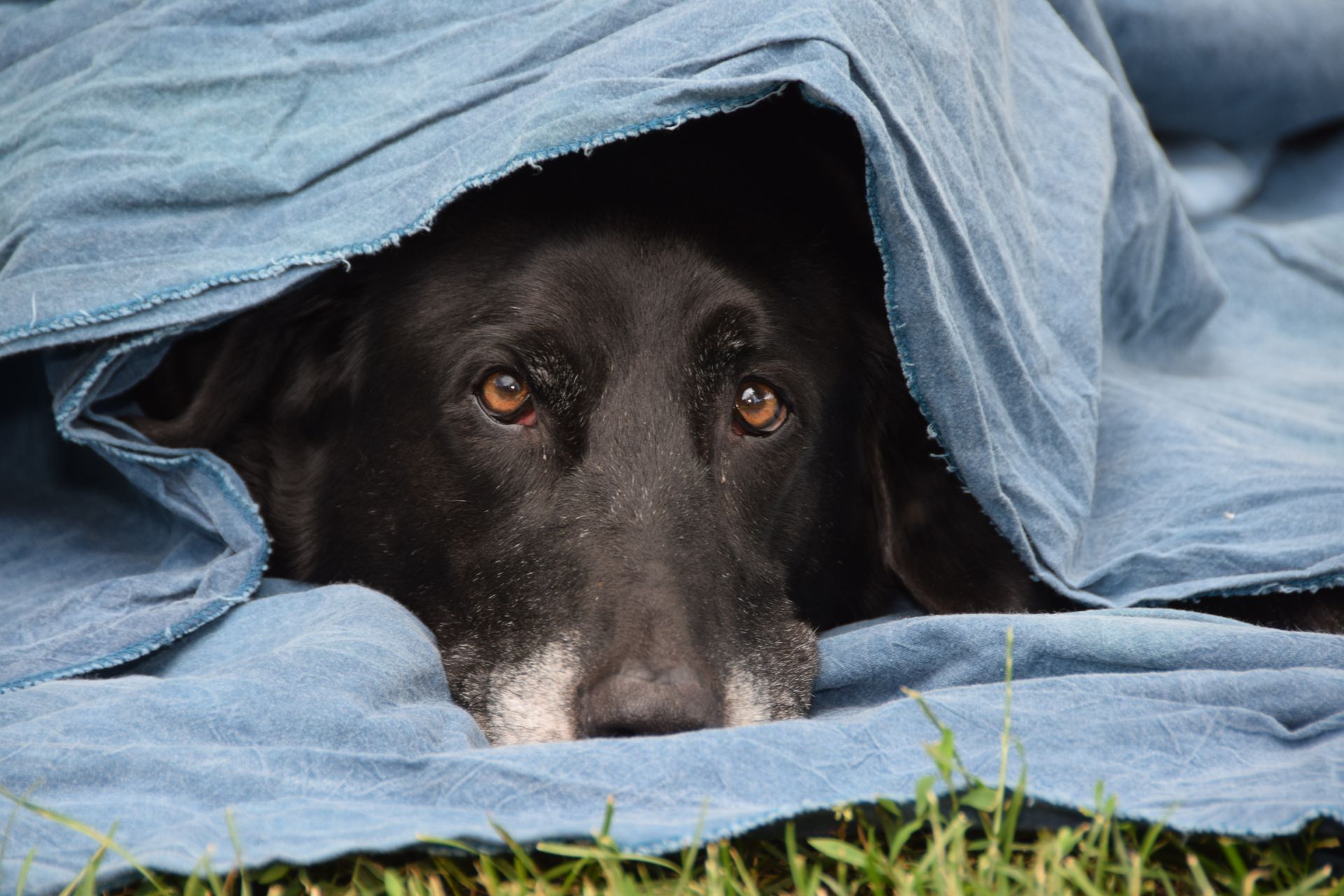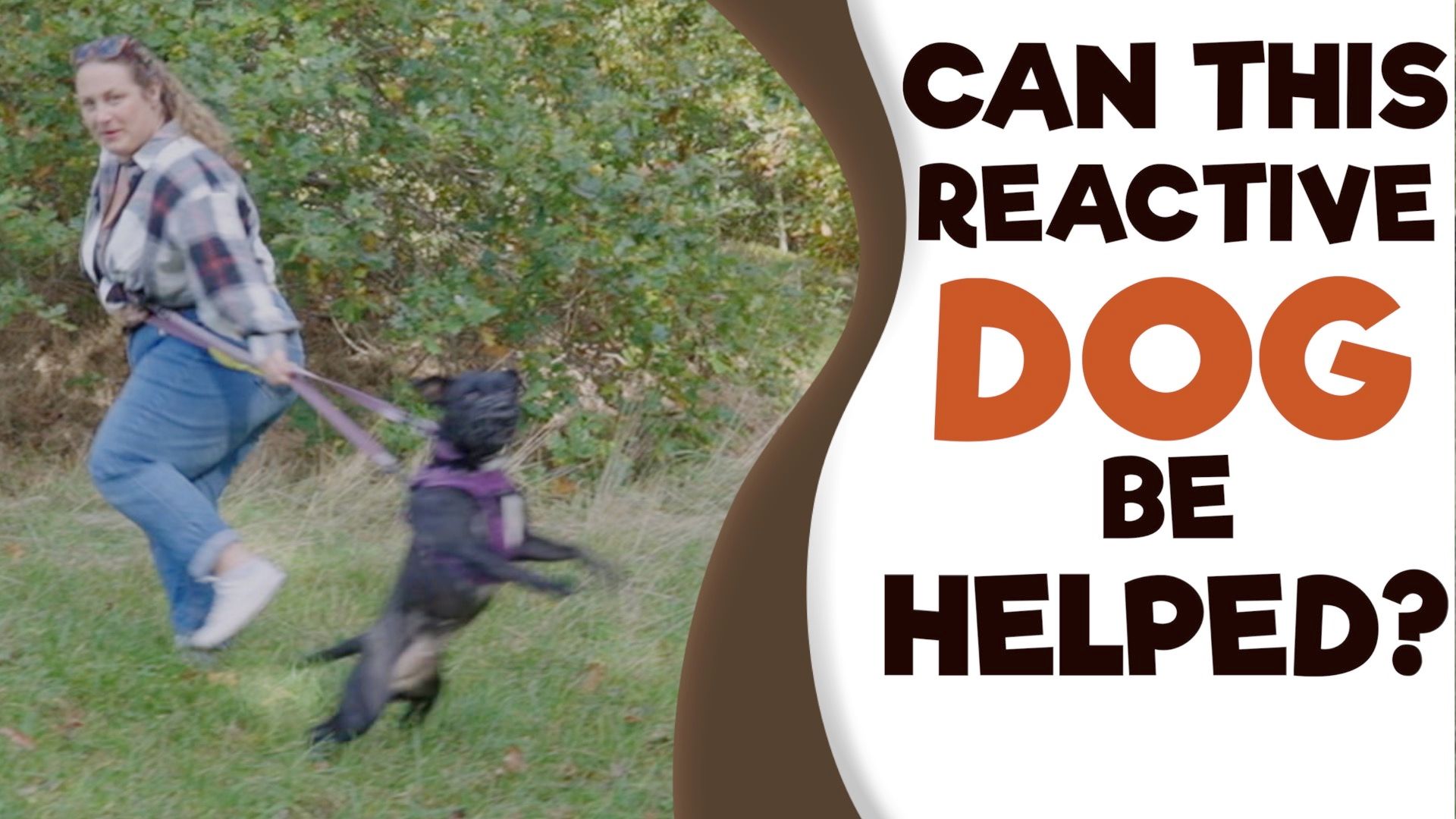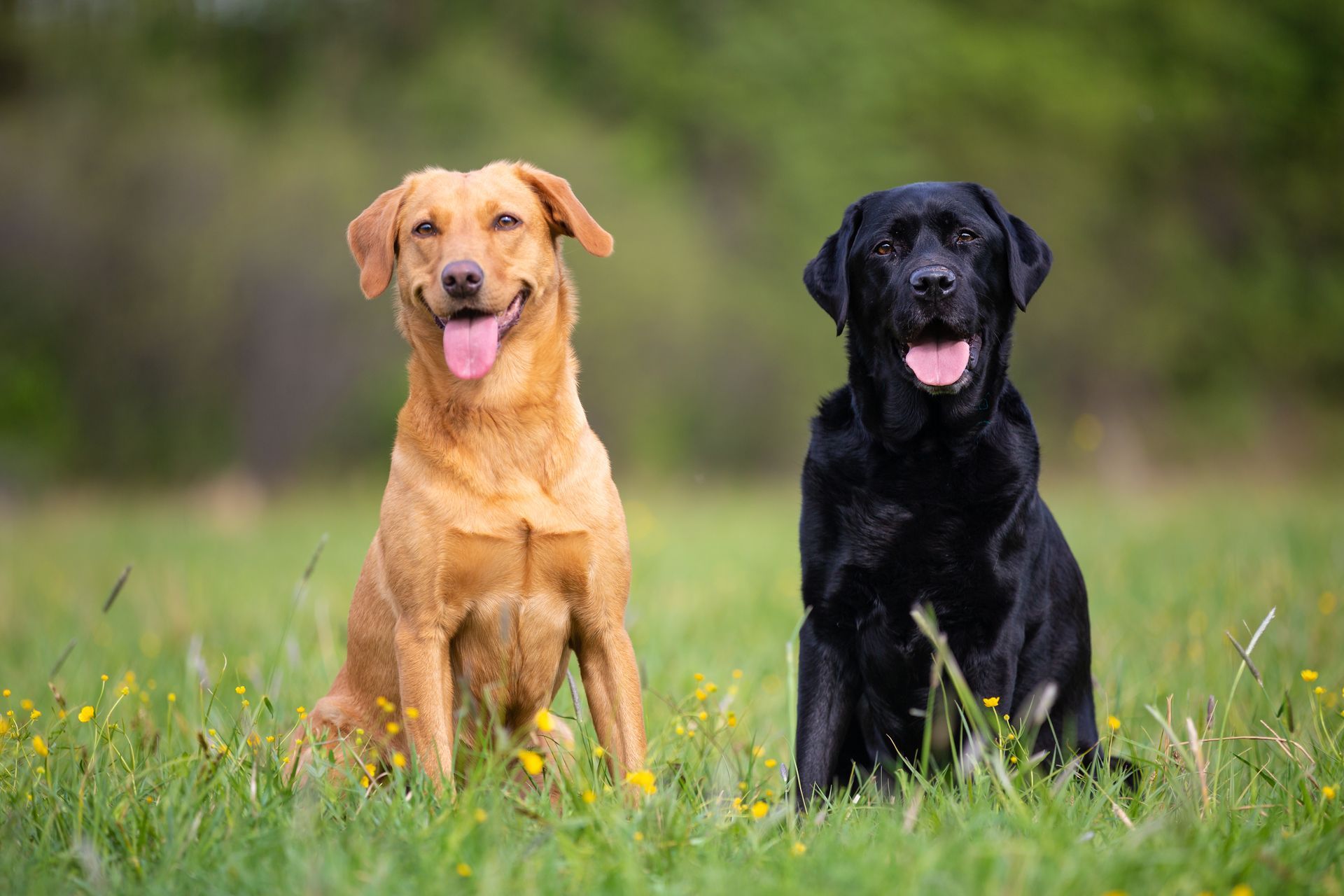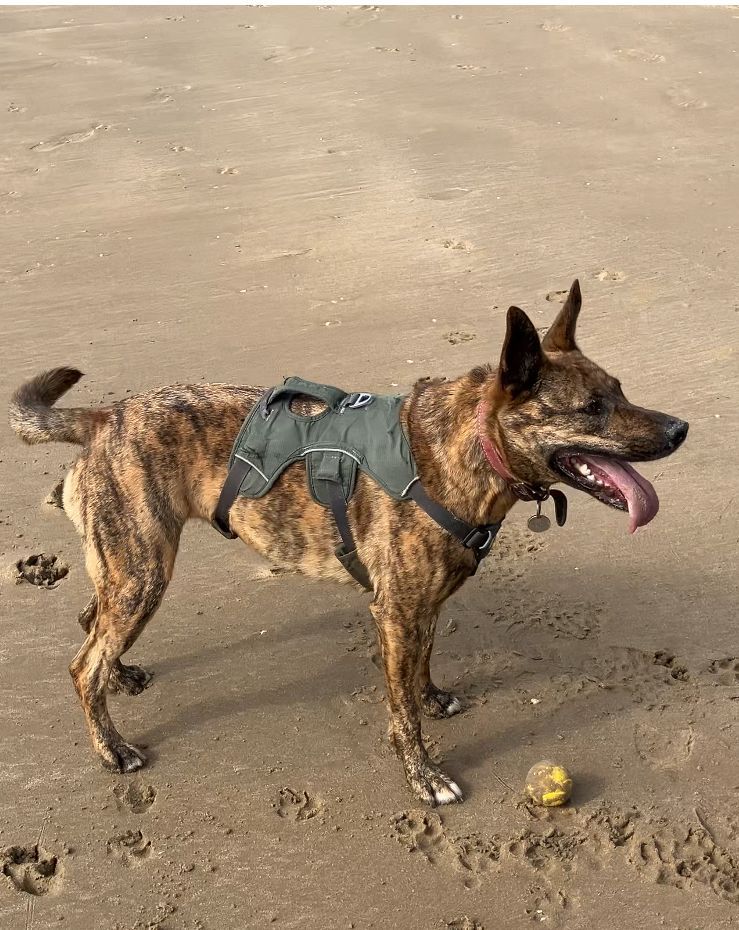Should We Ban Fireworks Night? Rant and Advice
Rant
Possibly a controversial opinion, but I wish fireworks night didn’t exist, and frankly, I think we should ban it. Or at the very least, get rid of the loud ones. It’s not that I’m a killjoy, nor am I unfamiliar with big, exciting productions. I was in Sydney for the millennium—one of the biggest fireworks displays ever—and still, I didn’t feel the urge to say, "wow wee." In fact, after about 10 minutes, I was honestly a bit bored.
Add to my lack of enthusiasm the fact that we know hundreds of thousands of dogs and other animals will be scared out of their fur, and I’m even less thrilled about it rolling around again.
Now, I can already hear the counterarguments: "But it’s tradition!" "It’s fun for the kids!" And sure, I’m not saying we all sit in the dark knitting while the 5th of November passes by. But is the fleeting thrill of a multiple bangs really worth the mass hysteria it causes in pets? Let’s be honest, if we can switch to paper straws nearly overnight to save the turtles, surely we can rethink the whole fireworks situation?
But we are where we are, so this blog is all about how to prepare for the upcoming chaos.

Advice
You may be familiar with my theory: if every dog had total confidence in three areas—
- Their owner as a leader,
- Their environment,
- How they should behave—
then ALL behavioural issues (except for those linked to health) would disappear.
I’d be out of a job—fine, I can live with that—because it would mean a world full of happy dogs and owners. Sounds like a fair trade to me. I’ll get a job working with cats!
So, how do we get our dogs confident in these areas?
Establishing Leadership: The Role You Play
Building confidence in your dog starts with you. You’re not just a nurturer (though most of us probably lean too heavily on that role), you’re also their coach, authority figure, and protector. Take authority first: how many rules are there in your house? Are you consistent with them? Dogs need boundaries, and when you set them clearly, they feel more secure. If your dog is always making decisions, like jumping up at guests or deciding the speed of walks, you need to step in and calmly assert that you’re the one calling the shots.
Then comes the protector role, and this is where the all-important “I got this” attitude comes in. Let’s say your dog barks at the postman or strangers. Are they doing it because they’re curious, or because they feel they need to deal with the threat? Often, it’s the latter. You’ve got to step in and say, "I got this." Calmly place yourself between your dog and the threat, using body language to show that you’re in control. If they get too worked up, remove them from the situation or give them a little timeout. This shows them that you’ve got everything under control—they don’t need to play protector.
Creating a Safe Environment: Their Fortress of Calm
Now onto their environment. One of the best ways to build a dog’s confidence, especially with fireworks, is to create a place where they feel totally safe. Think of it as building a mini ‘Fort Knox’—a fortress of calm. Close the curtains, play some relaxing music, and drown out the outside chaos as much as possible. You’re creating a space where your dog knows that nothing bad will happen. This also sends them the message: “You’re safe here, I’ve got everything under control.”
To desensitise your dog to fireworks, break it down into manageable steps:
- Start small – Play fireworks sounds on YouTube at a low volume while your dog is in a safe space. Pair this with treats or playtime so the sounds become a positive experience.
- Increase gradually – Slowly turn up the volume as your dog gets comfortable. Keep going until the volume is at maximum, but only if your dog remains relaxed.
- Take it outside – Once they’re handling the sounds indoors, start taking them to busier places where sudden noises are more common. This will help them adjust to unpredictable noises in the real world.
Leading by Example: Show Them How to Behave
Your dog takes its cues from you, so if you’re anxious and jittery about fireworks, they’ll pick up on it. Even if you secretly despise fireworks night (like me), act like it’s no big deal. Laugh with your partner, move confidently around the house, and show your dog that nothing’s wrong. They’ll start to believe it themselves in time. As their coach, it’s your job to demonstrate how to behave in stressful situations. Put on your best performance and pretend to enjoy the display—your calm energy will rub off on them.
Small advantages
When it comes to managing a dog's fear of fireworks, some owners consider using medications or herbal remedies. But here’s the thing—medications and herbal remedies may address the symptoms, but they won’t get to the root of the problem. That’s where the leadership, environment, and behaviour work we talked about earlier comes in. Building confidence in those areas tackles the cause.
That being said, medications, herbal remedies, or items such as a Thundercoat (which works by applying gentle, constant pressure to calm the dog) can work for some dogs, so it may be worth a try. Any edge you can get adds up. Combining improvements in your leadership, adjusting the environment, showing your dog how to behave, and trying herbal/medical remedies along with Thundercoats will make some difference. At the very least, you’ll know you’ve covered all your bases. If you're interested in trying herbal medication to see if it makes a difference, here’s a link to a product one of my clients found helpful: link to product. They mentioned it made a noticeable improvement. Put the code THEDOGGUARDIAN at the checkout to get 70% off.
For more help on addressing your dog’s behaviour, check out my books and online dog training courses at https://www.thedogguardian.com




